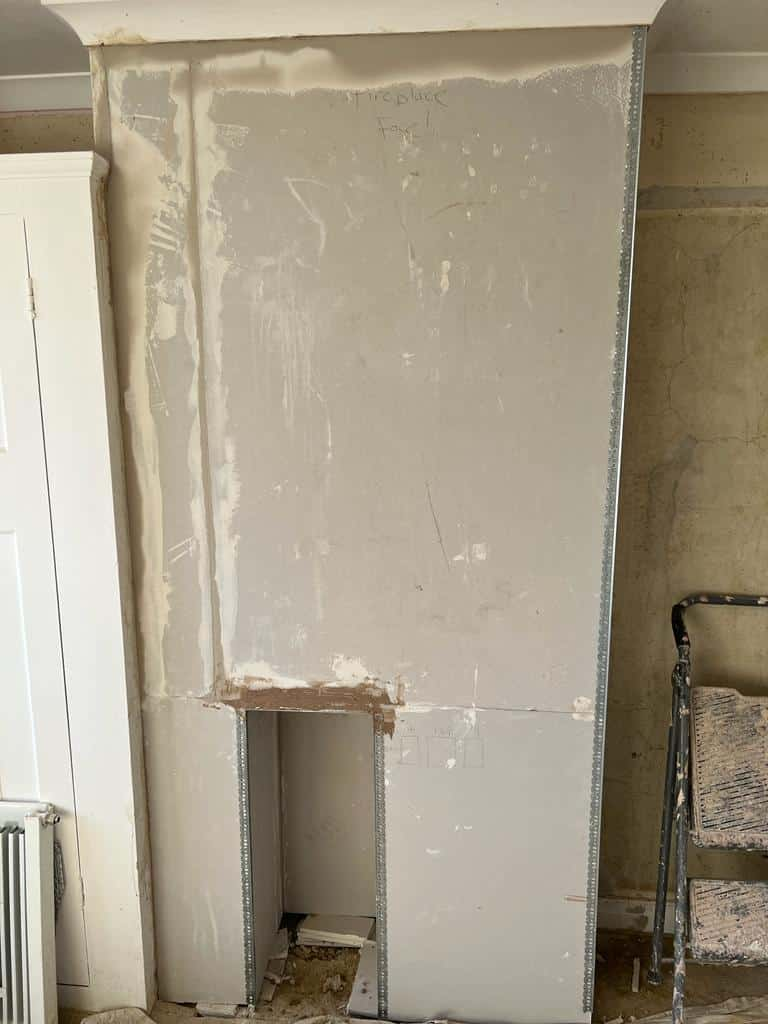Top Signs Your Home Needs Replastering
Plaster plays a vital role in maintaining the structure, appearance, and comfort of your home. Over time, even the best plasterwork begins to show signs of wear and tear, especially in older or poorly maintained properties. Knowing when your home needs replastering can help you avoid more extensive damage and ensure a smooth, attractive finish throughout. At Buxton Plastering, we carry out expert replastering work for homeowners across Buxton, Derbyshire, helping restore the quality and integrity of walls and ceilings.
In this post, we explore the top signs that indicate your home may need professional replastering, and what you should do if you notice them.
Why Plaster Deteriorates Over Time
While quality plastering can last for decades, it’s not immune to age, moisture, movement, or poor workmanship. Replastering not only improves appearance — it also helps maintain the structural integrity and thermal efficiency of your property.
Common causes of plaster deterioration:
- Natural ageing and shrinkage
- Moisture ingress or rising damp
- Movement in walls or foundations
- Poor quality or outdated materials
- Impact damage or previous repairs
If you live in an older property in Buxton, Derbyshire, it’s particularly important to monitor plaster condition and catch issues early.
Key Signs Your Home Needs Replastering
1. Cracks Appearing in Walls or Ceilings
Hairline cracks may be harmless, but larger or recurring cracks often point to deeper problems such as settlement or ageing plaster.
- Cracks following a stair-step pattern across walls
- Diagonal cracks above door or window frames
- Widening or reappearing after previous repair
Cracks not only look unsightly — they can allow damp and cold to penetrate more easily.
2. Bubbling or Flaking Paint
If the paint on your walls or ceilings is peeling, flaking, or bubbling, it’s likely that the plaster underneath has been affected by moisture or poor bonding.
- Surface looks uneven or soft when touched
- Paint peels easily with minor pressure
- Efflorescence (white, powdery salt deposits) appearing beneath
These are often early signs of dampness or breakdown of the top plaster layers.
3. Discolouration or Damp Patches
Moisture-related issues are one of the most common causes of plaster failure.
- Yellow, brown, or grey staining on walls
- Damp patches that don’t dry out over time
- Mould growth in corners or behind furniture
Damp-affected plaster must often be removed and replaced once the underlying issue is resolved.
4. Loose or Hollow-Sounding Plaster
If you tap the wall and it sounds hollow, the bond between the plaster and wall surface may have failed.
- Wall feels weak or has a slight ‘give’ when pressed
- Patches of plaster coming away from brick or blockwork
- Visible signs of bulging or sagging
These conditions typically require full or partial replastering.
5. Uneven Surfaces or Poor Finish
Old or poorly installed plaster often leads to visibly uneven walls, especially under strong lighting or around fittings.
- Shadowing or dips along large wall sections
- Inconsistent texture from previous patching
- Surface unsuitable for painting or wallpapering
A smooth and level surface is essential for modern finishes — especially in kitchens, bathrooms, and living spaces.
6. Historic Repairs or Artex Ceilings
If your home has had multiple small plaster patches over the years, or still features Artex or textured ceilings, it may be time to consider a full skim or replaster.
- Numerous repairs create a patchy appearance
- Outdated finishes limit decor options
- Risk of asbestos in old textured coatings (if applied before 2000)
Modern replastering can transform dated interiors into bright, clean, and contemporary spaces.
The Benefits of Replastering Your Home
Investing in replastering can have a significant impact on the comfort, value, and overall appeal of your property.
Advantages include:
- A smooth, clean surface ready for decorating
- Better thermal insulation and noise control
- Removal of damp-affected or crumbling material
- Improved indoor air quality and fewer allergens
- Enhanced property value and marketability
At Buxton Plastering, we offer a tailored service to match the needs of each property — whether it’s a single room or a full renovation project.
When to Call a Professional
Replastering isn’t a job that should be rushed or left to guesswork. If you’re unsure whether your home in Buxton, Derbyshire needs professional plastering, it’s worth arranging a detailed inspection.
Get in touch if:
- You’re planning a full redecorating project
- You’ve had recurring problems with damp or cold spots
- The walls no longer feel solid or smooth to the touch
- You want to modernise a property with old finishes
- Cracks, stains, or flaking plaster are becoming widespread
We provide free, no-obligation advice and transparent pricing, with every job completed to high standards using time-tested techniques.
Why Choose Buxton Plastering?
Buxton Plastering is a trusted local provider of professional plastering and replastering services throughout Buxton, Derbyshire. With years of experience and a focus on customer satisfaction, we deliver long-lasting finishes that look as good as they perform.
What we offer:
- Internal and external plastering
- Replastering of walls and ceilings
- Skimming over old finishes
- Damp-proof plaster systems
- Clean, respectful workmanship and clear communication
Whether you’re restoring a period property or updating a tired home, we’re here to help you achieve high-quality, lasting results.
Conclusion
Plaster problems might start small, but if left unchecked, they can lead to costly and disruptive repairs. Spotting the early warning signs — from cracks and stains to uneven finishes — can help you take timely action and restore your home to its best condition.
If you’ve noticed any of the signs mentioned above and are based in Buxton, Derbyshire, contact Buxton Plastering today. We’ll assess your property and provide expert guidance on whether full or partial replastering is right for you. Let’s bring your walls and ceilings back to life.
Call us on: 01298 608 485
Click here to find out more about Buxton Plastering
Click here to complete our contact form and see how we can help with your plastering needs.

